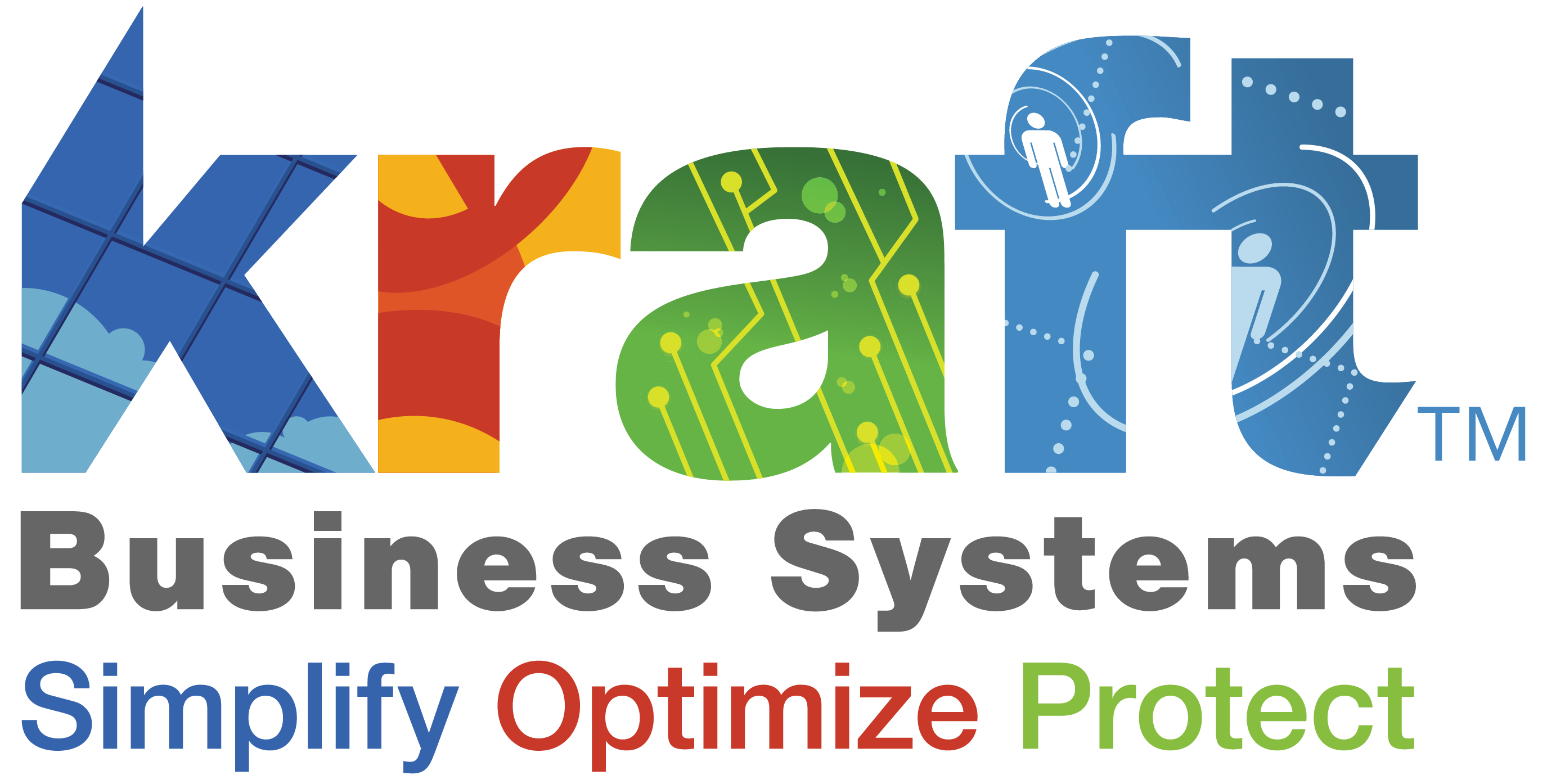Cloud optimization is your secret weapon for squeezing every drop of value from your cloud services. As businesses race to keep up with digital demands, optimizing cloud resources skyrockets efficiency and trims unnecessary costs.
To get started, focus on these core strategies:
- Right-size your cloud resources: Tailor resources to match your workload demand—no more, no less.
- Automate and leverage machine learning: Useintelligent tools to manage resources dynamically.
- Adopt cost-effective solutions: Use spot and reserved instances for smart cost savings.
- Improve visibility: Implement monitoring tools to gain insights into cloud usage.
- Prioritize security and compliance: Protect your data by addressing vulnerabilities head-on.
Modern businesses depend on robust, scalable, and cost-efficient cloud solutions. With these steps, you’re well on your way to mastering cloud optimization, turning potential pitfalls into strategic advantages.
Understanding Cloud Optimization
Cloud optimization is all about getting the most out of your cloud resources while keeping costs in check. It’s like having a perfectly tuned engine that runs smoothly and efficiently. Let’s break down the key elements that make cloud optimization work:
Performance
Performance is the heartbeat of cloud optimization. Your applications need to run swiftly and reliably to keep users happy. But how do you ensure top-notch performance?
- Monitor and Measure: Regularly track metrics like response time and throughput. This helps you spot bottlenecks and areas for improvement.
- Optimize Code: Efficient code can significantly boost performance. Regular testing and updates ensure your applications run smoothly.
Resource Allocation
Allocating resources effectively is like setting the stage for a grand performance. You need the right amount of resources for each application to shine without overloading your budget.
- Right-Sizing: Tailor your resources to fit your needs. This means scaling up during high demand and scaling down when things are quieter.
- Avoid Overprovisioning: Overprovisioning can lead to wasted resources and higher costs. Instead, allocate just what you need.
Machine Learning
Machine learning is your smart assistant in cloud optimization. It helps automate decisions and fine-tune resource management.
- Predictive Analytics: Use machine learning to forecast resource needs based on past usage patterns. This ensures you’re always prepared for demand spikes.
- Dynamic Adjustments: Machine learning can automatically adjust resources in real-time, ensuring optimal performance without manual intervention.
Cloud optimization isn’t just a buzzword; it’s a strategic approach to maximizing efficiency and minimizing waste. By focusing on performance, smart resource allocation, and leveraging machine learning, you can transform your cloud environment into a powerhouse of productivity.
Next, we’ll dive into the first step of cloud optimization: right-sizing your cloud resources.
Step 1: Right-Sizing Your Cloud Resources
Right-sizing is like tailoring a suit—it ensures your cloud resources fit your workload demand perfectly, without any excess. This step is crucial for achieving cost efficiency and optimal performance.
Understanding Right-Sizing
Right-sizing involves adjusting the type and size of your cloud instances to match the actual needs of your applications. Think of it as finding the right balance between too much and too little.
- Analyze Workload Patterns: Begin by understanding how your applications behave. Do they have peak times? Are there periods of low activity? By analyzing these patterns, you can determine the best resource allocation.
- Evaluate Current Resources: Look at what you’re currently using. Are there instances that are underused or overburdened? Identifying these will help you make informed decisions.
Benefits of Right-Sizing
When done correctly, right-sizing can lead to significant benefits:
- Cost Efficiency: By only paying for what you need, you can reduce unnecessary expenses. According to research, right-sizing can cut cloud costs by up to 7%.
- Improved Performance: With the right resources in place, your applications will run more smoothly, enhancing user satisfaction.
- Reduced Waste: Right-sizing helps eliminate resource waste, ensuring that every dollar spent contributes to your business goals.
How to Right-Size Effectively
Here are some practical tips to help you right-size your cloud resources:
- Use Cloud Management Tools: Tools like AWS Cost Explorer can help you track usage and identify optimization opportunities. These tools provide insights into your resource consumption and costs.
- Set Alerts for Anomalies: Use alerts to notify you of unusual spikes or drops in resource usage. This allows you to make timely adjustments.
- Continuously Monitor and Adjust: Right-sizing isn’t a one-time task. Regularly review your resource usage and make adjustments as your workload changes.
By focusing on right-sizing, you can ensure that your cloud resources are aligned with your workload demand, leading to better cost efficiency and performance.
Next up, we’ll explore how leveraging automation and machine learning can further improve your cloud optimization efforts.
Step 2: Leveraging Automation and Machine Learning
Automation and machine learning are game-changers when it comes to cloud optimization. These technologies help manage resources more efficiently, saving both time and money.
Using Automation Tools
Automation tools can simplify complex tasks and reduce manual intervention. Here’s how they can benefit your cloud strategy:
- Auto Scaling: This feature automatically adjusts the number of cloud resources based on demand. When demand increases, more resources are added; when demand decreases, resources are reduced. This ensures optimal performance without overspending.
- Task Automation: Routine tasks like backups, data transfers, and system updates can be automated. This reduces the workload on IT teams, allowing them to focus on more strategic initiatives.
- Provisioning and Deprovisioning: Automation helps in provisioning resources when needed and deprovisioning them when they’re not, ensuring you’re only paying for what you use.
Implementing Machine Learning for Resource Management
Machine learning can predict usage patterns and optimize resource allocation. Here’s how it works:
- Predictive Analytics: Machine learning algorithms can analyze past usage data to predict future resource needs. This helps in planning and allocating resources more effectively.
- Anomaly Detection: Machine learning models can identify unusual patterns in resource usage, signaling potential issues before they become costly problems.
- Dynamic Resource Allocation: By understanding usage trends, machine learning can dynamically adjust resources to meet demand, ensuring that applications run smoothly without unnecessary cost.
Benefits of Automation and Machine Learning
By leveraging these technologies, businesses can achieve:
- Cost Savings: Automation and machine learning reduce the need for manual management, cutting down on labor costs and minimizing resource waste.
- Increased Efficiency: With automated processes, resources are managed more effectively, leading to smoother operations and better performance.
- Improved Decision-Making: Data-driven insights from machine learning enable more informed decisions about resource allocation and management.
Incorporating automation tools and machine learning into your cloud optimization strategy can transform how you manage resources, leading to significant performance improvements and cost reductions.
Next, we’ll dive into cost-effective strategies to further optimize your cloud environment.
Step 3: Implementing Cost-Effective Strategies
Cost-effective strategies are essential for cloud optimization. By focusing on smart resource choices, you can significantly reduce your cloud expenses. Let’s explore two key strategies: spot instances and reserved instances.
Spot Instances
Spot instances are a great way to save money on cloud resources. They are unused cloud instances offered at a lower price than regular on-demand instances. Here’s why they can be beneficial:
- Cost Savings: Spot instances can be up to 90% cheaper than on-demand instances. This makes them ideal for non-time-sensitive tasks like batch processing or testing.
- Flexible Usage: These instances are perfect for workloads that can handle interruptions. If your task can pause and resume, spot instances offer a cost-effective solution.
However, it’s important to plan for potential interruptions. Automation tools can help manage these instances, ensuring that critical workloads remain unaffected.
Reserved Instances
Reserved instances provide significant savings for predictable workloads. When you commit to using certain resources over a one- or three-year term, you receive a discounted rate. Here’s how they help:
- Predictable Costs: By locking in a lower rate, you can better forecast and manage your cloud budget.
- High Availability: Reserved instances ensure that resources are always available for your critical applications.
- Long-Term Savings: Although they require a commitment, reserved instances can save up to 75% compared to on-demand pricing, making them a wise choice for stable workloads.
Combining Strategies for Maximum Impact
For optimal results, consider a mix of spot and reserved instances. Use reserved instances for steady, predictable workloads and spot instances for flexible, low-priority tasks. This combination maximizes savings while maintaining performance.
Implementing these cost-effective strategies can lead to substantial savings and improved efficiency in your cloud operations. Next, we’ll explore how enhancing visibility and monitoring can further improve your cloud environment.
Step 4: Enhancing Visibility and Monitoring
Visibility and monitoring are crucial for effective cloud optimization. With the right tools, you can gain insights into your cloud usage and ensure everything runs smoothly. Let’s explore how you can improve visibility and monitoring in your cloud environment.
Cloud Management Tools
Using cloud management tools is like having a dashboard for your car. They show you what’s happening under the hood of your cloud environment. Here’s how they help:
- Resource Tracking: These tools help you see which resources are being used and how much they cost. This visibility prevents surprises in your cloud bill.
- Performance Monitoring: By keeping an eye on performance metrics, you can quickly spot and fix any issues that might slow down your applications.
- Automation: Many tools offer automation features that can adjust resources based on current demand, helping to prevent waste.
Increasing Visibility
Visibility is all about knowing what’s going on in your cloud setup. Here’s why it’s important:
- Cost Awareness: Understanding where your money goes helps you make smarter decisions. You can identify areas where you might be overspending and make adjustments.
- Usage Patterns: By analyzing usage patterns, you can predict future needs and plan accordingly. This ensures you have the right resources at the right time.
- Accountability: With detailed reports, each team can see their cloud usage, making them accountable for their spending and performance.
Effective Monitoring
Monitoring is the ongoing process of checking your cloud environment. Here’s how to do it effectively:
- Set Alerts: Use alerts to notify you of any unusual activity or performance issues. This allows for quick responses and minimizes downtime.
- Regular Reviews: Schedule regular reviews of your cloud usage and performance. This helps you catch inefficiencies early and optimize resources.
- KPIs and Metrics: Track key performance indicators (KPIs) relevant to your business goals. This keeps your cloud operations aligned with your objectives.
By enhancing visibility and monitoring, you can ensure that your cloud environment is efficient and cost-effective. This proactive approach helps you stay in control and make informed decisions about your cloud resources.
Next, we’ll discuss how you can ensure security and compliance in your cloud setup.
Step 5: Ensuring Security and Compliance
Ensuring security and compliance in your cloud setup is like having a sturdy lock on your front door. It keeps your data safe and helps you follow important rules.
Security Measures
Implementing strong security measures is essential for protecting your cloud environment. Here’s how you can do it:
- Encryption: Use encryption to protect your data. This means turning your information into a secret code that only authorized users can read.
- Access Controls: Set up strict access controls to decide who can see and use your data. Tools like Identity and Access Management (IAM) help manage permissions effectively.
- Network Security: Safeguard your network with firewalls and intrusion detection systems. These act as barriers to keep unwanted visitors out of your cloud.
Compliance
Compliance means following the rules and regulations that apply to your industry. Here’s why it matters:
- Avoid Penalties: Not following compliance rules can lead to fines and legal trouble. Ensuring compliance helps you avoid these risks.
- Build Trust: Customers trust companies that follow the rules. Being compliant shows you’re serious about protecting their data.
- Standard Practices: Many industries have specific standards to follow, like HIPAA for healthcare. Make sure you’re up-to-date with these requirements.
Risk Mitigation
Mitigating risks involves identifying potential threats and taking action to prevent them. Here’s how you can minimize risks:
- Regular Audits: Conduct regular audits to check for vulnerabilities in your cloud setup. This helps you find and fix issues before they become bigger problems.
- Incident Response Plan: Have a plan ready for when things go wrong. This ensures you can quickly respond to security incidents and minimize damage.
- Continuous Monitoring: Keep an eye on your cloud environment for any unusual activity. Continuous monitoring helps you catch threats early and respond promptly.
By focusing on security measures, compliance, and risk mitigation, you can create a safe and reliable cloud environment. This not only protects your data but also helps you build trust with your customers and partners.
Next, we’ll tackle some frequently asked questions about cloud optimization to deepen your understanding.
Frequently Asked Questions about Cloud Optimization
What do you mean by cloud optimization?
Cloud optimization is about finding the best way to use cloud resources to get the most out of your investment. It’s like tuning a car engine to run smoothly and efficiently. This involves selecting the right resources and ensuring they match your workload demands. By doing this, you can improve workload performance and avoid wasting resources. The goal is to maximize efficiency and performance while keeping costs down.
What is cloud rate optimization?
Cloud rate optimization focuses on reducing the costs associated with using cloud services. Think of it as shopping smartly to get the best deals. This involves understanding how much you’re paying for cloud resources and finding ways to lower those rates. By strategically managing your resource usage, you can take advantage of discounts or special pricing options, like spot and reserved instances. This helps you save money and ensures you’re not overpaying for what you use.
What is cloud pricing optimization?
Cloud pricing optimization is about controlling costs through a strategic approach. It’s like planning a budget to make sure you’re not spending more than necessary. This involves analyzing your cloud spending patterns and adjusting your resource allocation to align with your budget goals. By doing this, you can ensure cost control and prevent unexpected expenses. The aim is to make your cloud spending predictable and aligned with your business objectives.
By understanding these aspects of cloud optimization, you can make informed decisions that improve performance, reduce costs, and maximize the value of your cloud investment.
Conclusion
At Kraft Business, we’re committed to empowering businesses with cloud solutions that drive efficiency and innovation. Our team of IT experts is dedicated to providing custom solutions that meet your unique needs. Whether you’re looking to optimize your cloud resources or need comprehensive IT support, we have the expertise to guide you every step of the way.
Our approach to cloud optimization focuses on maximizing performance while minimizing costs. We leverage advanced tools and techniques, including automation and machine learning, to ensure your cloud environment is always running at its best. By right-sizing resources, implementing cost-effective strategies, and enhancing visibility, we help you get the most out of your cloud investment.
Security and compliance are also at the forefront of our solutions. We understand the importance of protecting your data and ensuring compliance with industry standards. Our team implements robust security measures to mitigate risks and safeguard your operations.
With locations across Michigan, including Grand Rapids, Detroit, and Lansing, Kraft Business is here to support your journey towards optimized and secure cloud solutions. Reach out to us today to find how we can help your business thrive in the cloud. For more information, visit our website at Kraft Business Systems.









